
Cold-Fighting Foods from Your Kitchen
In many parts of the Northern Hemisphere, the winter of 2010-2011 is already shaping up to be among the coldest in history—and there has even been summer snow in Australia. Fighting off the cold takes its toll on the human body in many ways.
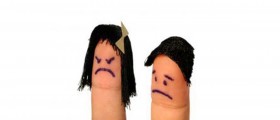
Menopause Diet - What to Eat to Manage Menopausal Symptoms?
Menopause is a transition phase in a woman’s life - it can be relatively easy for some women and a very tough time for others. Various approaches can help - herbs, bio-identical hormones, support from friends and family.

Why Women in Relationships Gain Weight
It hardly seems fair. You finally have what you’ve always wanted, a loving partner who appreciates you for all of your qualities, good and bad. You settle into a satisfying relationship, content with your partner and your life.
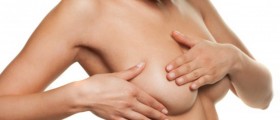
A Bizarre Mass On My Breast: Could It Be Cancer?
Breast Cancer is one of the most common cancers in women. Though it usually presents first with a suspicious mass, every breast mass is not necessarily a cancerous one. Learn now how to differentiate between breast masses, and when to worry or not.
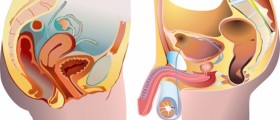
Cervical Cancer: Treatment, Symptoms and Causes
For many years, cervical cancer was the leading cause of cancer death among women in the United States. However, in the past 40 years the incidence of cervical cancer and resulting deaths have decreased.

Cherries: America's Antioxidant Super Fruit
Cherries provide many different vitamins, nutrients, antioxidants and minerals which are beneficial to the human body. The fruit makes an excellent addition to the daily diet and is important for maintaining overall good health.

Peaches: Promote Growth, Vision Health, Reproductive System and Boost Immunity
Peaches contain many vital nutrients, antioxidants and minerals which are important for the human body. Currently, scientists are researching the fruit to provide a better understanding and determine all the benefits peaches contain.
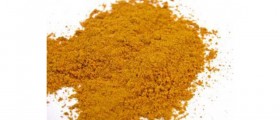
Wrinkle Treatments with Curry
As the skin ages it becomes wrinkled because the body is not able to repair molecular damage. The surface of the skin is covered with flattened cells which contain keratin, which give the surface the sense of touch, makes it resilient and water resistant.

Cellulite Home Remedies: Natural Cures for Orange Skin
For tens of millions of women in nearly every country in the world the number one cosmetic concern is cellulite.
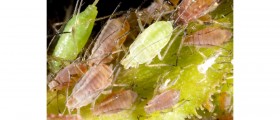
Head Lice Remedies for Children and Parents
Head lice infest the head and neck and usually attach their eggs to the base of the hair shaft. Lice move from one place to another by crawling. Head lice are highly contagious. They spread from one person to another by close contact.

